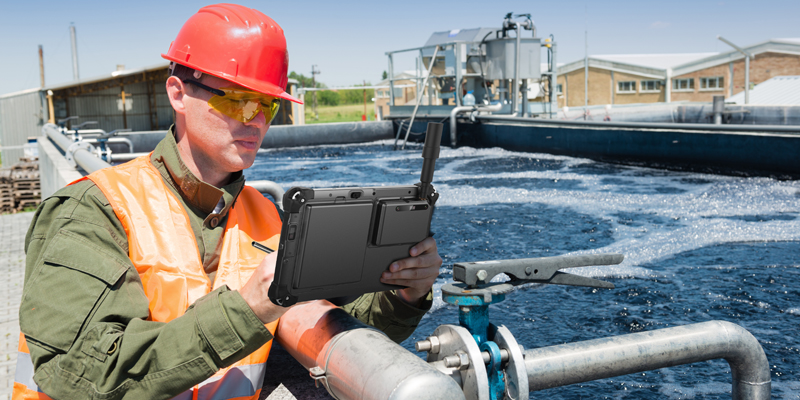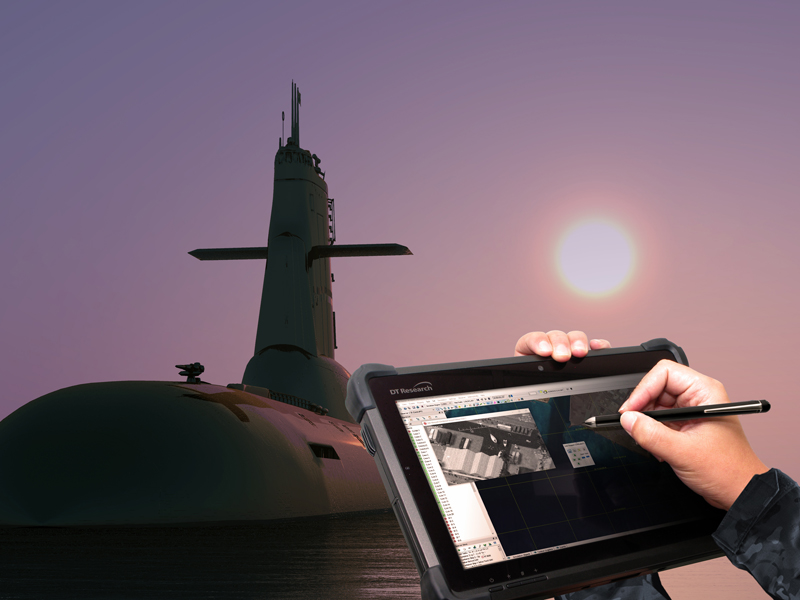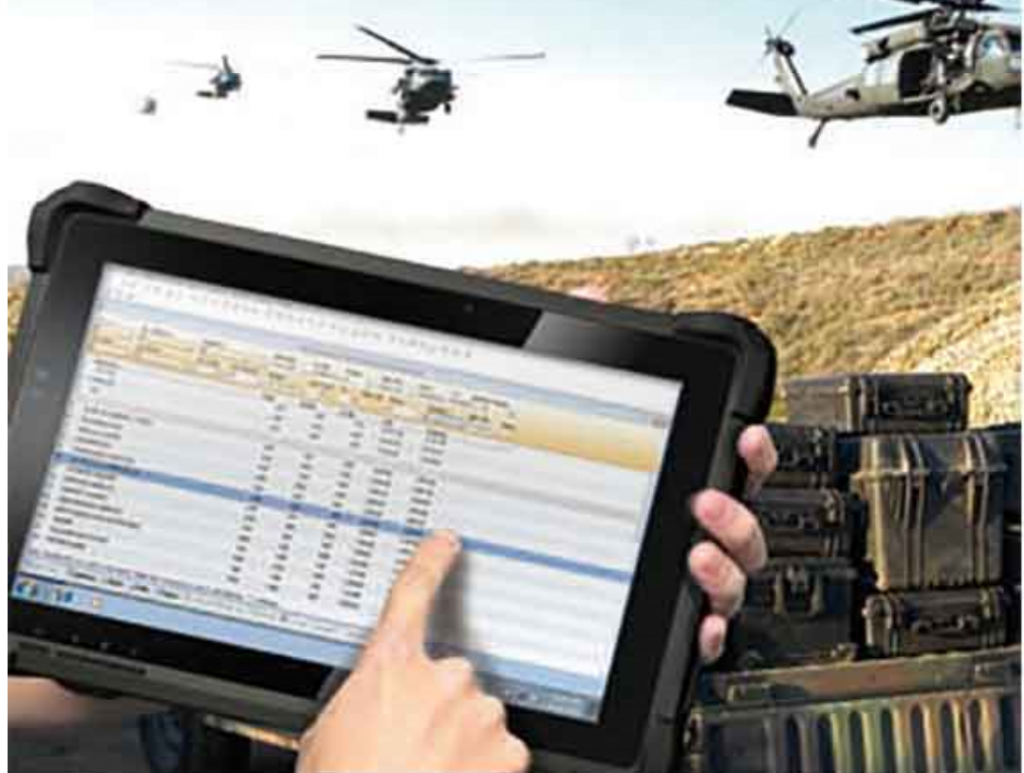
City planners and local government leaders are constantly looking for ways to improve and enhance city programs. For many cities tracking the progress of utility maintenance around the city can be a bit cumbersome. For many years tracking the updates of utilities around the city has been done by sending men/women into various parts of the city to check on pipes that need repairs or maintenance, utility lines that need to be installed or repaired and water plant maintenance. The information is documented by a pad of paper and pencil and then taken back to the office and entered into a computer system, leaving room for human error as well as additional labor and manpower.





